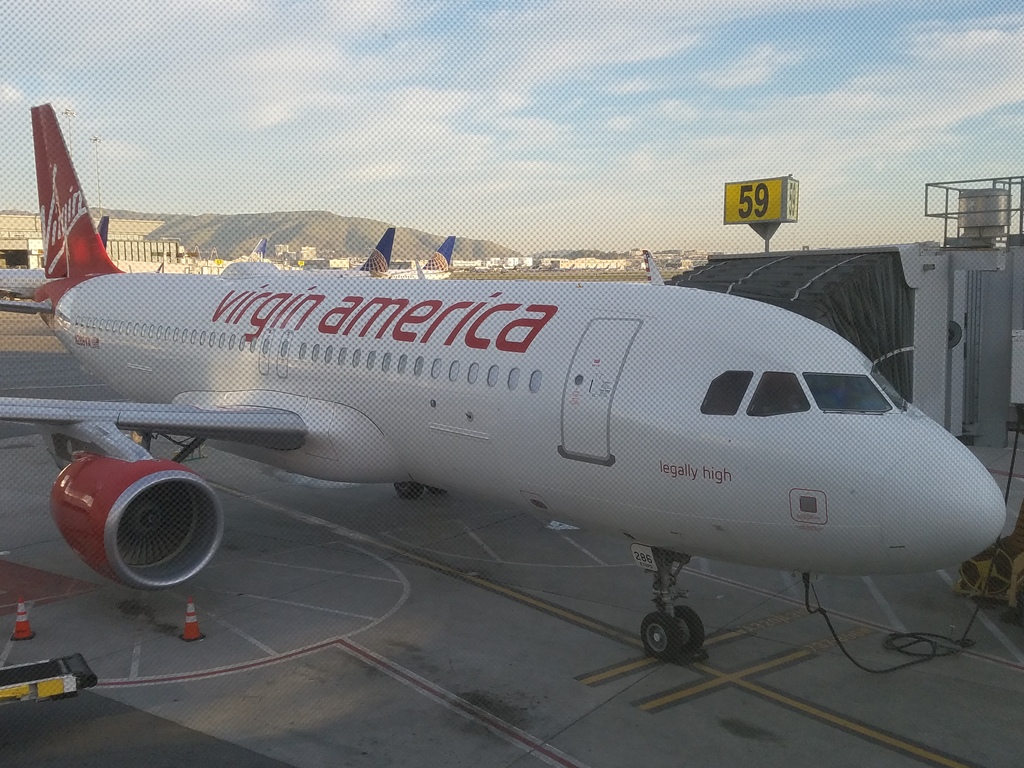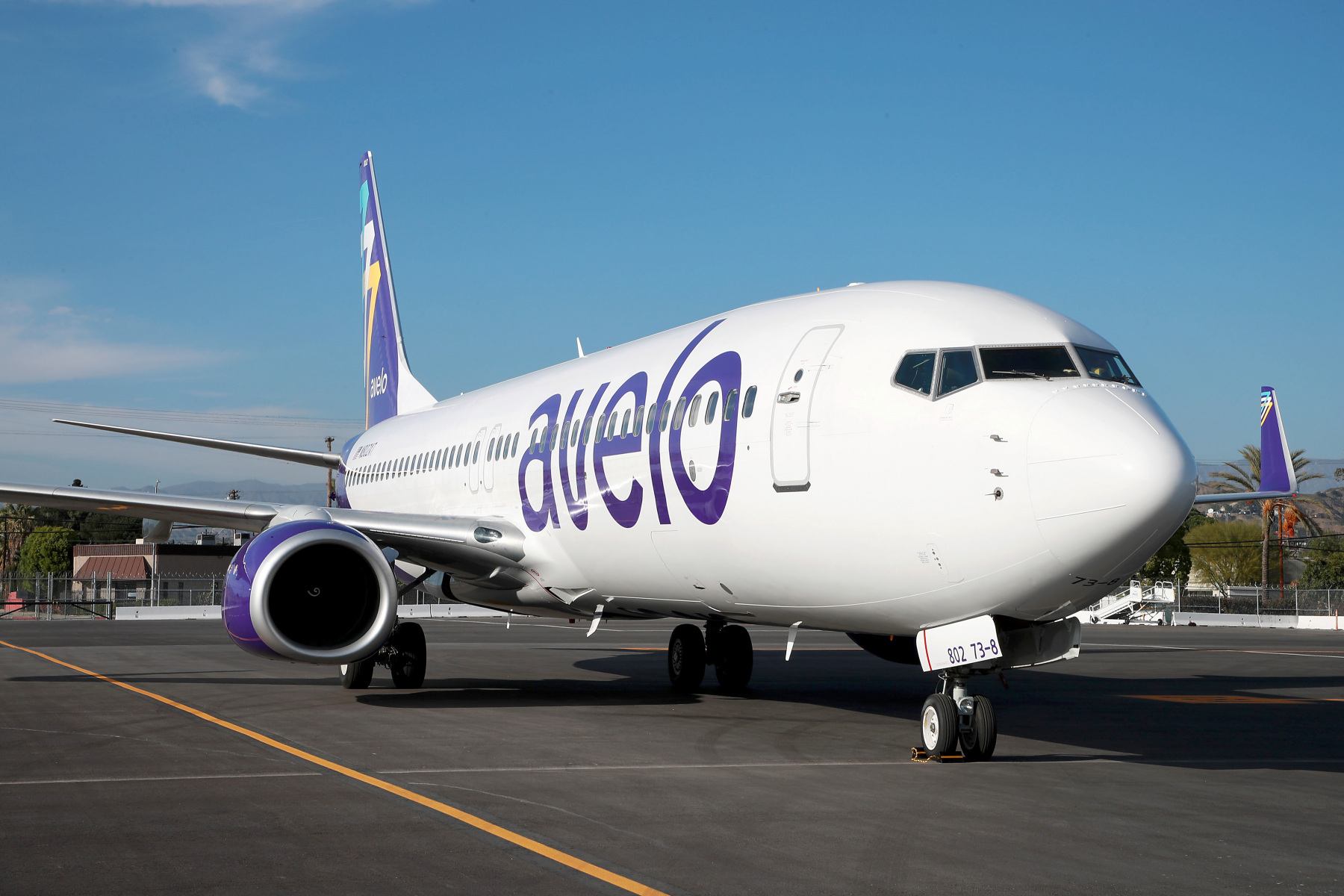Last week, the Department of Transportation revoked certificates of four airlines that have not flown in years: AirTran Airways, Continental Airlines, US Airways and Virgin America.
What’s weird is that the most recent flight by any of these was in 2018. And DOT is supposed to pull certificates after one year without operations under 14 CFR § 204.7(a). The fitness rule says certificates “shall be revoked” after one year but in practice the agency doesn’t follow the law. In practice, they have to get around to it. I guess they’ve been busy.
- AirTran: final flight December 28, 2014 (Atlanta-Tampa), with the brand sunset after Southwest integration.
- Continental: final departure was March 2, 2012 (Phoenix – Cleveland, landed early March 3 as United 1267). The last Continental flight in the air was Tokyo Narita – Houston on March 3.
- US Airways: final flight was 1939 (so-designated for airline’s founding year) Philadelphia – Charlotte – Phoenix – San Francisco – Philadelphia, departing October 16, 2015 and arriving in Philadelphia after a redeye on October 17.
- Virgin America: last departure was San Francisco – Los Angeles on April 24, 2018 (VX1948), while the last arrival was San Francisco – Newark, landing the morning of April 25. However there was an employee charter Los Angeles – San Francisco that took off after flight 1948.

The DOT issued an order dated September 3, 2025 revoking the interstate certificate authorities of AirTran, Continental, US Airways, and Virgin America for dormancy long after each ceased flying.
Now, these certificates were no longer valuable. What’s valuable is an FAA operating certificate (AOC), not the economic certificate. The operating certificate isn’t transferable, but you’ll often see near-dormant airlines completely sold so that a new airline has a quick path to commecial operations. Avelo, for example, acquired Xtra Airways because it already held an operators certificate, then renamed and transitioned it to the new carrier.

In contrast this is DOT economic authority (certificate of public convenience and necessity under 49 U.S.C. § 41102). Transfer is possible only with DOT approval under 49 U.S.C. § 41105; the transferee still must be found “fit, willing, and able.”
Here, the certificates were effectively useless once merger integration happened and the airlines achieved a single operating certificate for the merged carrier.
The FAA side of things was consolidated years ago via single operating certificates. This was housekeeping at the Department of Transportation – stuff they never got around to doing even though they were legally required to.


>even though they were statutorily required to
Minor nitpick, 14 CFR § 204.7(a) is a federal regulation, not a statute. (It was written by the Executive, not passed into law by Congress.)
I know it doesn’t technically count, but I flew on an a “Continental Airlines” plane, with the old tail logo (even the FAs were wearing the old C uniform) just a few months ago. I think they called it a “legacy flight”.
Governments can be slow. A civil service position created in 1803 to watch for Napoleon’s fleet on the English Channel was abolished by London in 1945. I am not sure anyone later filled the spot but they carried it on the books for 130 years after Waterloo.
Mergers can and do take a while… For instance, even though United and Continental officially ‘merged’ in 2010, the flight attendants from each airline technically flew ‘separately’ until a new contract in 2018.
@SteveH — I, too, enjoy retro liveries. Also, have you noticed Copa Airlines (based in Panama) has a very similar blue globe logo as well?
@drrichard — And then ABBA started singing about Waterloo (1815) in the 1970s. Huh. What took them so long!
@1990: CO bought 49% of Copa in 1998. The livery came from CO. Even better for those of us based in Central America, OnePass was Copa’s loyalty program too. Ah the good ol’ daze
@GringoLoco — And, Copa’s lounges (PTY) are called ‘Copa Club’ like United Club. I actually like how some of Copa’s 737 aircraft have the 2-2 lie-flat.
Good to see taxpayer money being spent on things that absolutely don’t matter, as the author amply explained.
But hey, politicians now can tell the base that the number of regulations have dropped.
What a bunch of political theater crooks.